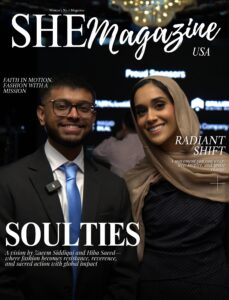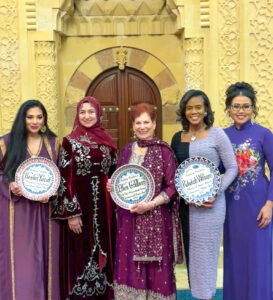A vital ingredient of the wellness pie is that of communication.
Communication affects all that goes on between human beings. It is also the scale by which two people measure each other’s feelings and is the integral tool by which those feelings can be enhanced or changed.
Communication is a vast subject (verbal and non-verbal) and hence for the ease of understanding, we will focus on one important aspect — the spoken language.
The single biggest reason for dysfunctional families is the lack of effective communication. The wife feels ignored and insignificant as she bawls at her husband about an important date he forgot. The husband, feeling victimized and irritated, swears she had not informed him. And the story continues till like a tornado, it has within its realm an extremely troubled family unit which just does not seem to understand each other.
How it works:
Typically, all of us function through a communication system to give meaning to our experiences. We then use words to express ourselves. These words are not accidental; they have a direct correlation with the way information is interpreted in our minds. We tend to use words and phrases which we unconsciously prefer.
By practicing active listening, we can therefore determine an individual’s preferred communication style. Optimally using this information enhances the effectiveness of communication. As the most effective way to communicate with others is to converse in the same way that they communicate with themselves inside their heads.
The words people like to use are broadly characterized in four categories.
1. Visual
2. Auditory
3. Kinesthetic (feeling oriented words)
4. Auditory Digital (logic-oriented words)
Listed below are examples of the words and phrases to look out for. The internet can further be used as an enormous resource tool to obtain detailed lists and more information on the same.
Visual words: see/view/look/picture/looking forward/beyond a shadow of a doubt.
Usually, the ones among us who prefer visual words will be nicely dressed and well-groomed, and their surrounding will be tidy — they do not like clutter.
They are most likely to be interested in whether things ‘look good.’ They tend to also move, think, and talk faster than others.
Auditory words: hear/listen/say/talk/give me a shout/loud and clear.
They are often easily distracted by noise. They are drawn to words and would most likely enjoy reading. Additionally, they are most likely to give importance to the tone of voice and be interested in whether things ‘sound right.’
Kinesthetic words: feel/cool/smooth/calm/keep in touch/hang in there.
They often may prefer to dress for comfort rather than looks. They will probably arrange their surroundings so that everything is in easy reach, even if it looks untidy — they will not even be aware of it unless it’s pointed out to them.
Furthermore, they are most likely to respond to physical rewards like a hug and they would more likely be interested in whether things ‘feel right.’
Auditory Digital words: Understand/know/think/learn/explain/makes sense.
For an extreme example of someone with a strong ‘Auditory Digital’ preference from popular culture, look no further than Dr. Sheldon Cooper in The Big Bang Theory.
Characteristically, they are most likely to memorize by steps, procedures, sequences, and be interested in whether something ‘makes sense.’
Why it works:
Communication becomes more effective when we use words and phrases that the listener uses most often. How many of you have sent your beloved a bunch of red roses hoping she’d SEE your profound love for her. Instead, she still complains about feeling insecure, suspicious of your extended work hours, and occasionally even goes through the messages on your phone. Now, what if you knew that she preferred to just HEAR a simple, “I love you.” Would you not have communicated the exact same message along with a good chance of being welcomed home with your favorite meal? Perhaps with the spare cash (which you saved on the flowers), you could even take the family out for dessert.
By communicating in the same way that people communicate with themselves you are ensuring that they understand what you intended to say. It is like talking to them in their own preferred dialect.
Now what?
Look. Listen. Feel. Understand.
Take the time to gauge your family’s preferred style of communication. Queue into the words they use. Over a week’s time, keep a diary of the words and phrases they use most often. This activity will give you a clear indication of their preferences.
Put to practice the understanding of this new knowledge of each other in your daily conversations. Some of the words may not come as a natural choice of language to you. Yet it would be ideal for you to remain flexible in your vocabulary. For e.g. if you know your partner prefers VISUAL WORDS, you could say, “Hey LOOK we really need to attend Anna’s poetry recital, please SEE to it that you REMEMBER to keep yourself free on the 10th of July.”
Notice the positive shifts and changes it brings to the way you interact and feels about each other. This essential impact is critical to building a thriving family with strong family values.
The difference between ‘the right word’ and ‘almost the right word’ is the difference between lightning and a lightning bug. ~ Mark Twain
Words are powerful. When you chose just the right word, you increase understanding ten-fold.
So what words are you choosing today?
Tasneem Kagalwalla @tasneemkagalwalla
Life Coach & Lifestyle Blogger
SHE Magazine USA





